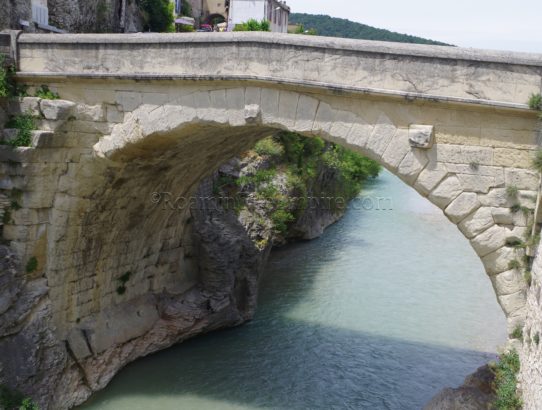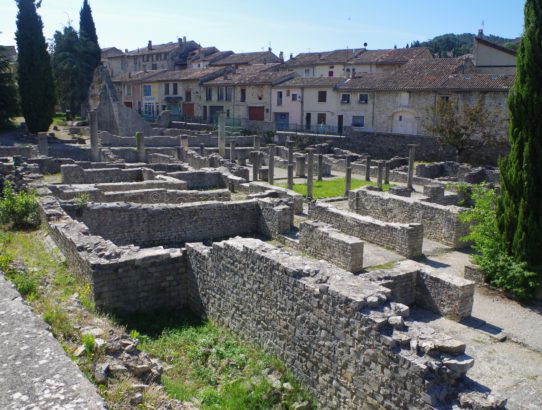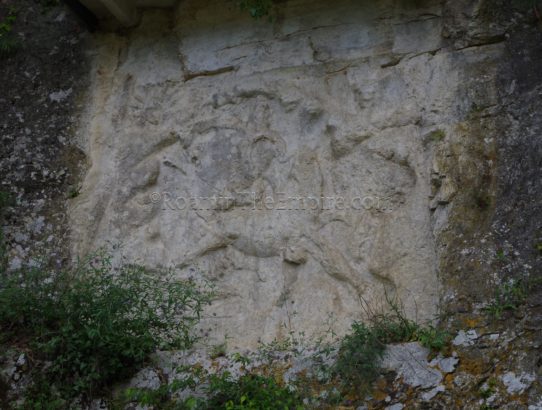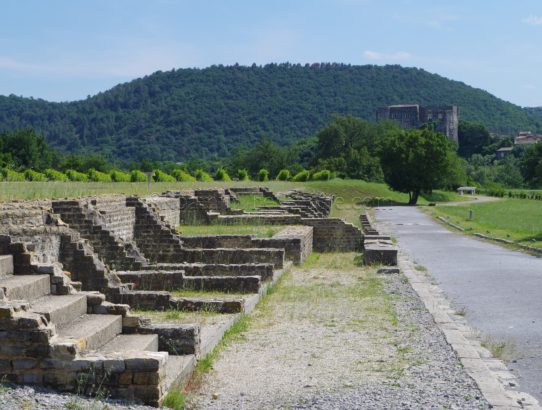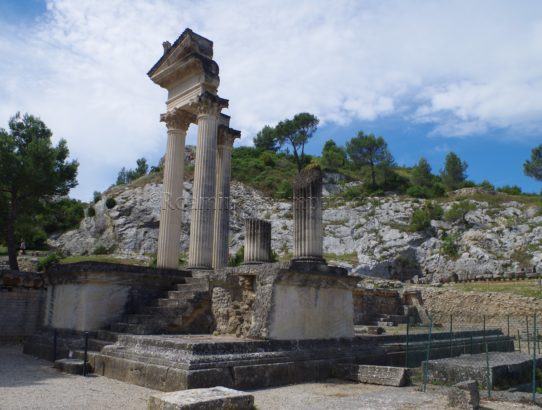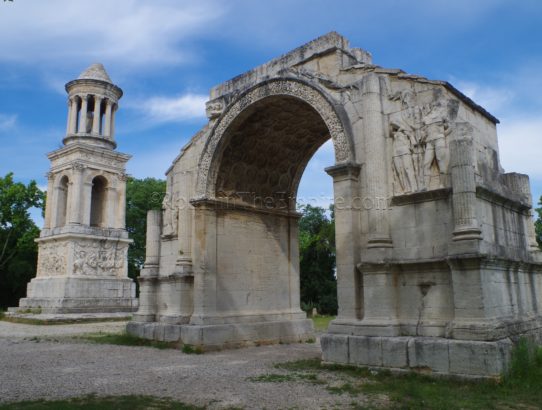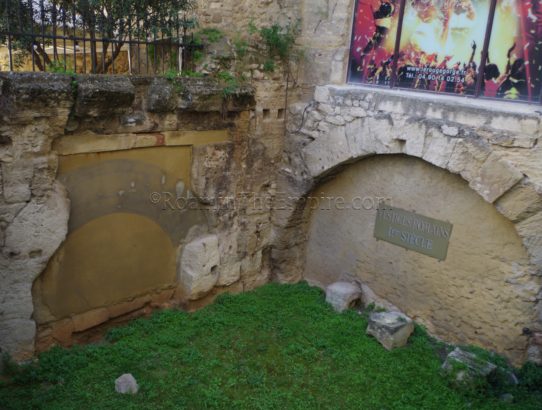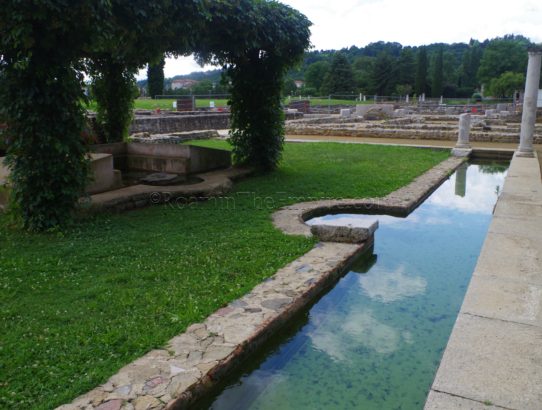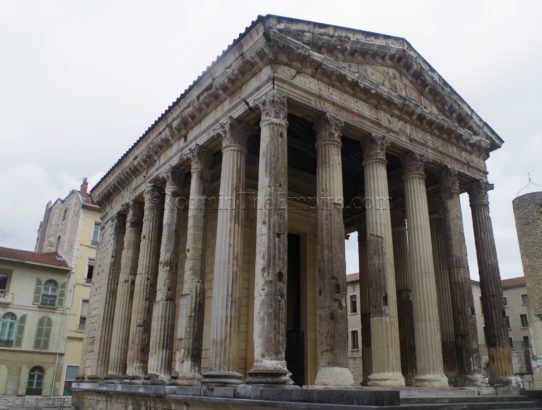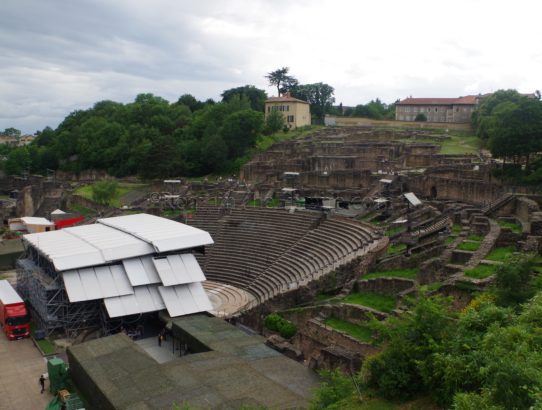Vasio Vocontiorum, Gallia Narbonensis – Part II
Continued From Vasio Vocontiorum Part I Puymin La Villasse is exited through the same way it is entered, and the entrance to Puymin is just directly across the road where the ticket is purchased. Immediately inside the park is another large residence, the Maison de l’Apollon Lauré (House of the Laurelled Apollo), sometimes referred to…
Read More


